Filter by
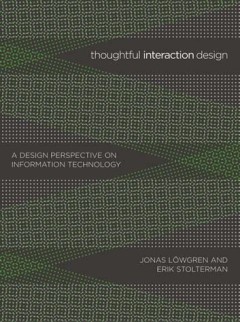
Thoughtful Interaction Design: A Design Perspective on Information Technology
How to think about the shaping and composing of information technology from a design perspective: the aesthetics and ethics of interaction design.OCLC-licensed vendor bibliographic record.
- Edition
- -
- ISBN/ISSN
- 9780262256575
- Collation
- 1 online resource (xiii, 198 pages) :illustrations
- Series Title
- -
- Call Number
- -
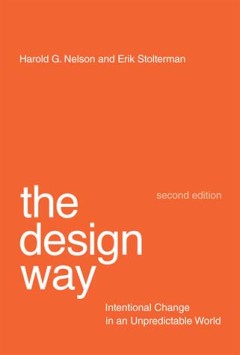
The design way :intentional change in an unpredictable world
"Humans did not discover fire--they designed it. Design is not defined by software programs, blueprints, or font choice. When we create new things--technologies, organizations, processes, systems, environments, ways of thinking--we engage in design. With this expansive view of design as their premise, in The Design Way, Harold Nelson and Erik Stolterman make the case for design as its own cultu…
- Edition
- Second edition.
- ISBN/ISSN
- 9780262305655
- Collation
- 1 online resource (xiv, 282 pages) :illustrations
- Series Title
- -
- Call Number
- -
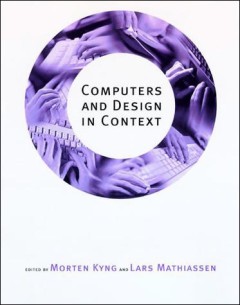
Computers and Design in Context
The contributors to this book address both the pragmatic approach of direct collaboration between designers and users (known as participatory design) and the more conceptual approach that incorporates complementary perspectives to help designers come up with better solutions. The volume brings together different computer-related research disciplines, including computer-supported cooperative wor…
- Edition
- -
- ISBN/ISSN
- 9780262277815
- Collation
- 1 online resource (xvii, 418 pages) :illustrations
- Series Title
- -
- Call Number
- -
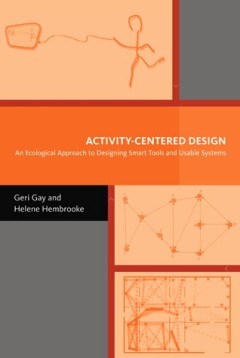
Activity-centered design :an ecological approach to designing smart tools and…
The shift in the practice of human-computer interaction (HCI) Design from user-centered to context-based design marks a significant change in focus. With context-based design, designers start not with a preconceived idea of what users should do, but with an understanding of what users actually do. Context-based design focuses on the situation in which the technology will be used -- the activiti…
- Edition
- -
- ISBN/ISSN
- 9780262256223
- Collation
- 1 online resource (xxi, 111 pages) :illustrations.
- Series Title
- -
- Call Number
- -
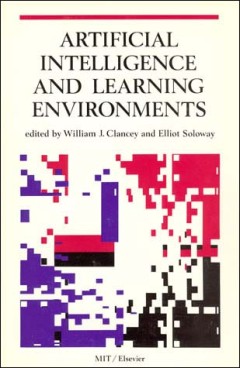
Artificial intelligence and learning environments
"A Bradford book.""Reprinted from Artificial intelligence: an international journal, volume 42, number 1, 1990"--Title page verso.New perspectives and techniques are shaping the field of computer-aided instruction. These essays explore cognitively oriented empirical trials that use AI programming as a modeling methodology and that can provide valuable insight into a variety of learning problems…
- Edition
- 1st MIT Press ed.
- ISBN/ISSN
- 9780262288514
- Collation
- 1 online resource (162 pages) :illustrations.
- Series Title
- -
- Call Number
- -
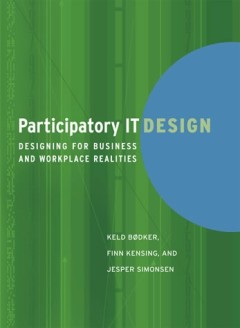
Participatory IT design :designing for business and workplace realities
Title from title screen.Title from book cover on Web Page (viewed Sept. 8, 2005)."The goal of participatory IT design is to set sensible, general, and workable guidelines for the introduction of new information technology systems into an organization. Reflecting the latest systems-development research, this book encourages a business-oriented and socially sensitive approach that takes into cons…
- Edition
- -
- ISBN/ISSN
- 9780262268875
- Collation
- 1 online resource
- Series Title
- -
- Call Number
- -
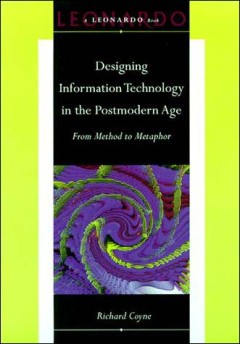
Designing information technology in the postmodern age: from method to metaphor
Designing Information Technology in the Postmodern Age puts the theoretical discussion of computer systems and information technology on a new footing. Shifting the discourse from its usual rationalistic framework, Richard Coyne shows how the conception, development, and application of computer systems is challenged and enhanced by postmodern philosophical thought. He places particular emphasis…
- Edition
- -
- ISBN/ISSN
- 9780262270885
- Collation
- 1 online resource (xiii, 399 pages) :illustrations.
- Series Title
- -
- Call Number
- -

Health design thinking :creating products and services for better health
A practice-based guide to applying the principles of human-centered design to real-world health challenges; updated and expanded with post-COVID-19 innovations. This book offers a practice-based guide to applying the principles of human-centered design to real-world health challenges that range from drug packaging to breast cancer detection. Written by pioneers in the field -- Bon Ku, a physici…
- Edition
- -
- ISBN/ISSN
- 9780262369299
- Collation
- 1 online resource (228 pages).
- Series Title
- -
- Call Number
- -

Value sensitive design :shaping technology with moral imagination
Using our moral and technical imaginations to create responsible innovations: theory, method, and applications for value sensitive design. Implantable medical devices and human dignity. Private and secure access to information. Engineering projects that transform the Earth. Multigenerational information systems for international justice. How should designers, engineers, architects, policy maker…
- Edition
- -
- ISBN/ISSN
- 9780262351690
- Collation
- 1 online resource (248 pages) :illustrations
- Series Title
- -
- Call Number
- -

Proceedings of the 21st Conference on Formal Methods in Computer-Aided Design…
The Conference on Formal Methods in Computer-Aided Design (FMCAD) is an annual conference on the theory and applications of formal methods in hardware and system verification. FMCAD provides a leading forum to researchers in academia and industry for presenting and discussing groundbreaking methods, technologies, theoretical results, and tools for reasoning formally about computing systems. FMC…
- Edition
- -
- ISBN/ISSN
- 9783854480464
- Collation
- -
- Series Title
- -
- Call Number
- -
 Computer Science, Information & General Works
Computer Science, Information & General Works  Philosophy & Psychology
Philosophy & Psychology  Religion
Religion  Social Sciences
Social Sciences  Language
Language  Pure Science
Pure Science  Applied Sciences
Applied Sciences  Art & Recreation
Art & Recreation  Literature
Literature  History & Geography
History & Geography